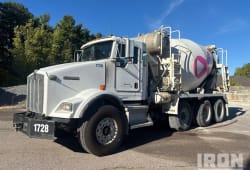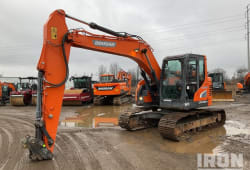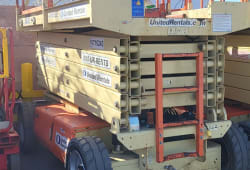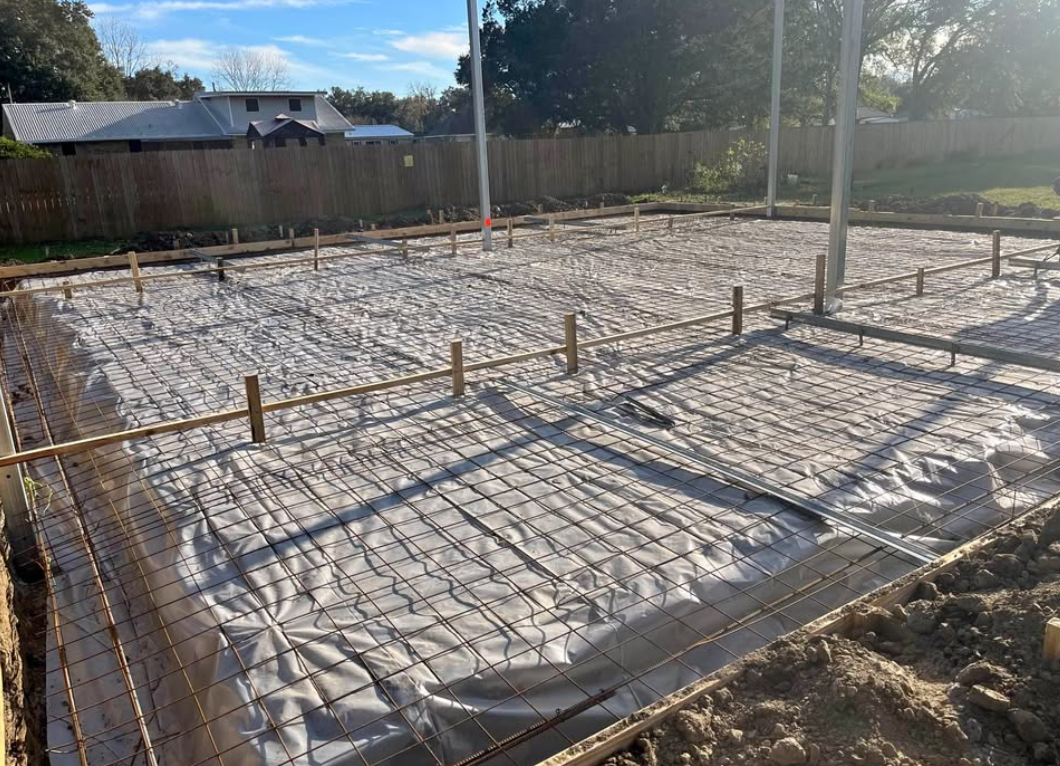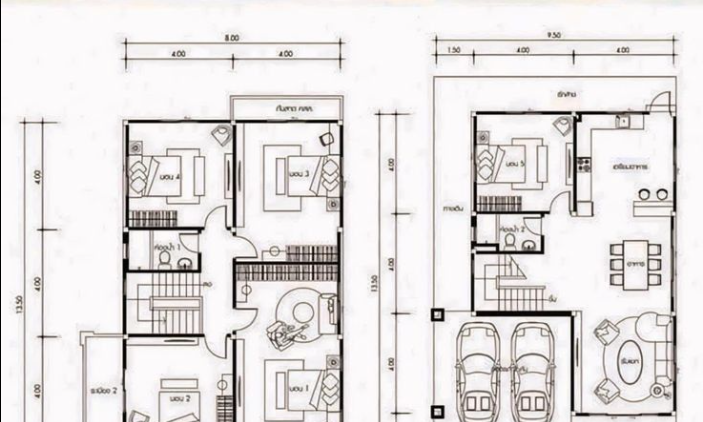Budgeting for Construction Projects in 2025: How to Prepare, Forecast, and Calculate Budgets Accurately
4 Lectura mínima
)
mayo 20, 2025
In 2025, accurate budgeting for construction projects is more important than ever. With escalating material prices, labor shortages, and global supply chain uncertainties, a poorly prepared construction budget can lead to significant delays and cost overruns.
Whether you’re a contractor, project manager, developer, or owner-builder, understanding how to prepare a budget for construction projects is essential to keeping your project on track and within scope.
In this guide, we’ll explore expert tips and proven strategies for budgeting for construction projects, including cost calculation methods, forecasting techniques, and the top budgeting software tools for 2025.
What Is Budgeting for Construction Projects?
Budgeting for construction projects involves estimating and planning all the costs associated with a construction job—from the pre-construction phase through to project closeout.
A construction budget typically includes:
Direct costs: materials, labor, equipment
Indirect costs: permits, insurance, utilities, site overhead
Contingency: allowances for unknowns
Profit margins and taxes
There are various types of budgets:
Preliminary Budgets - early estimates used for feasibility studies
Detailed Budgets - comprehensive line-item cost breakdowns
Working Budgets - real-time budgets used during execution
Effective budgeting ensures better financial control, stronger bids, and smoother project management.
Why Budgeting for Construction Projects Is Crucial in 2025
:format(webp))
The construction industry in 2025 faces heightened financial pressures:
Material costs are rising due to inflation and global demand.
Labor shortages are pushing wages higher.
Weather events and supply chain delays increase risk and uncertainty.
Failing to account for these realities can quickly derail a project. That’s why budgeting for construction projects in 2025 must be proactive, data-driven, and flexible.
Smart budgeting helps:
Secure financing
Manage stakeholder expectations
Avoid costly delays and change orders
How to Prepare Budget for Construction Projects
Preparing an accurate construction budget involves several key steps:
1. Define the Project Scope
Start with a detailed plan, architectural drawings, and clearly defined deliverables.
2. Conduct a Site Assessment
Visit the site to identify access issues, soil conditions, drainage, and utility connections.
3. Perform Quantity Takeoffs
Use plans to calculate the required quantities of materials, labor, and equipment.
4. Estimate Direct and Indirect Costs
Include everything from concrete and lumber to permits, insurance, and project management.
5. Add Contingency and Inflation
Include a contingency buffer (5-10%) and adjust for projected cost increases.
6. Collaborate with Key Stakeholders
Engage architects, engineers, and suppliers for accurate inputs.
These steps ensure you’re building a solid foundation for your project’s financial success.
Budget for Construction Calculation: Tools and Formulas
When calculating a budget for construction, accuracy is everything. Common methods include:
Unit Price Estimating: Multiplying quantities by unit costs (e.g., $/sq ft of drywall)
Square Foot Estimating: Based on similar past projects (e.g., $150/sq ft)
Assembly Estimating: Estimating grouped components like wall systems or roof sections
Example Budget Calculation
Use budgeting templates or software to automate these calculations and reduce errors.
How to Forecast Budget for Construction Project
Forecasting helps you anticipate and manage future costs. Here’s how:
1. Use Historical Data
Review similar completed projects for baseline costs.
2. Apply Forecasting Models
Linear trends for inflation
Parametric models for specific components
Monte Carlo simulations for risk scenarios
3. Monitor Market Trends
Track material and labor cost indices monthly.
4. Use Forecasting Tools
Modern software helps predict cost overruns and schedule impacts.
Knowing how to forecast a budget for a construction project improves long-term planning and protects your profit margins.
Construction Budgeting Software for 2025
Manual budgeting is prone to errors. In 2025, these software tools are leading the way in accurate construction budgeting:
Top Budgeting Tools:
Buildertrend - All-in-one budgeting, scheduling, and communication platform
Procore - Advanced cost management features for large projects
STACK - Cloud-based quantity takeoff and cost estimating tool
PlanSwift - Popular for digital takeoffs and quick calculations
What to Look For:
Real-time pricing database
Mobile access for field teams
Integration with accounting tools (e.g., QuickBooks)
Customizable templates and reports
Using budgeting software for construction projects in 2025 can reduce overhead and boost accuracy across all phases.
Common Mistakes to Avoid in Construction Budgeting
Even experienced builders make budgeting mistakes. Here are key ones to avoid:
Ignoring Soft Costs: Design fees, permits, and inspections often go unbudgeted.
Forgetting Depreciation: Equipment wear and tear affects long-term costs.
Seasonal Oversight: Failing to budget for winter work or weather delays.
Using Outdated Pricing: Always keep material and labor rates current.
Avoiding these errors can save thousands of dollars and keep clients satisfied.
Conclusion
Budgeting for construction projects in 2025 requires a strategic mix of accurate data, proven methods, and the right tools. From scope definition to forecasting and software selection, every step plays a role in your project’s financial success.
Recap of Key Takeaways:
Always begin with detailed planning and updated cost data.
Use both manual formulas and software tools for better forecasting.
Factor in inflation, risk, and market volatility.
Avoid common mistakes by reviewing past projects and staying informed.
Got your own tips for budgeting construction projects in 2025? Share them in the comments-we'd love to hear what's working for you!

Rex Walz is Boom & Bucket's Manager of Supplier Relations, bringing over a decade of experience in B2B sales and heavy equipment solutions. With a background spanning government, construction, industrial, and commercial sectors, he has a proven track record of driving growth and building trusted customer relationships. At Boom & Bucket, Rex is passionate about helping partners succeed while advancing the company's mission to create the most trusted marketplace for heavy equipment.


